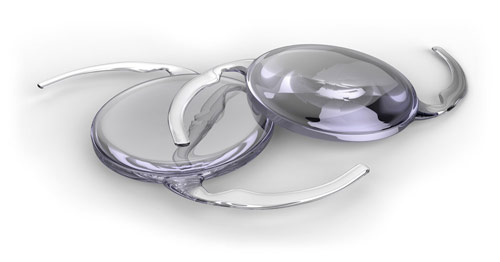What is Refractive Lens Exchange Surgery?
Who is a Good Candidate for Refractive Lens Exchange (RLE)?
Refractive Lens Exchange is a good procedure for people who are very nearsighted (distant objects appear blurry) or farsighted (close objects appear blurry), people with early cataract formation, and individuals who want to treat presbyopia (gradual decline in the ability to focus on close objects) with a multifocal implant. For some patients, RLE can be a great alternative to LASIK. Refractive Lens Exchange is for those who:
- Are over 40
- Want to reduce or eliminate their dependence on glasses or contact lenses
- Are both very nearsighted or farsighted with early cataract formation
- Very nearsighted or farsighted
- Want to treat presbyopia with a multifocal implant
- Are looking for an alternative to LASIK
What to Expect on Surgery Day
Refractive Lens Exchange is performed on an outpatient basis and only takes about 15 minutes! Upon arrival for your surgery, you will be given a local anesthetic to numb your eye during the procedure. The skin around your eye will be thoroughly cleansed, and sterile coverings will be placed around your eye to keep the surgical area clean during the procedure. Your eye will be held open with an eyelid holder so you will not have to worry about keeping your eye open during the procedure. Under an operating microscope, your doctor will create a small incision on the eye. The natural lens is gently fragmented and removed by the use of ultrasound. Then a plastic intraocular lens (IOL) is implanted to replace the natural lens that was removed. Your doctor will determine which type of IOL is best for you (see below for IOL options). The incision is then closed and a protective shield is placed on your eye.
Types of IOLs
Multifocal IOLs
A multifocal lens implant is a lens that has a bifocal correction built into the periphery of the lens When the eye looks directly ahead, distance vision is available through the center of the lens.
Monovision
Corrects a patient’s dominant eye for distance and leaves the non-dominate eye slightly under corrected to the patient can retain the ability to see near Many people who have tried mom vision in contact lenses have had similar success with monovision IOLs.
Accommodation IOLs
The accommodation IOL is specially designed so it may move forward and backward within the eye in response to flexing of the same muscles that manipulated the patient’s natural lens 11 for accommodation. This is called pseudo-accommodation. The vaulting movement changes the focal point and may allow a patient to accommodate. The accommodation may reduce the need for reading classes, bifocals, or trifocals, and does not require any special exercise or thought process on the part of the patient.
What Are the Risks Associated with Refractive Lens Exchange?
Any surgical procedure comes with inherent risk. Although very uncommon, risks associated with RLE are similar to that of cataract surgery including bleeding, swelling, infection, retinal detachment, and capsular opacification. During your pre-operative consultation, your doctor will answer any questions and thoroughly explain these and any other risks associated with RLE.
Refractive Lens Exchange Surgery at ADV Vision
Refractive Lens Exchange surgery is a refractive surgery option for patients with presbyopia, high farsightedness, and mild cataracts. The only way to determine if RLE is a better option than LASIK, PRK or a different surgery is to schedule a complimentary consultation at one of our locations in Santa Maria, San Luis Obispo, or Paso Robles today.








